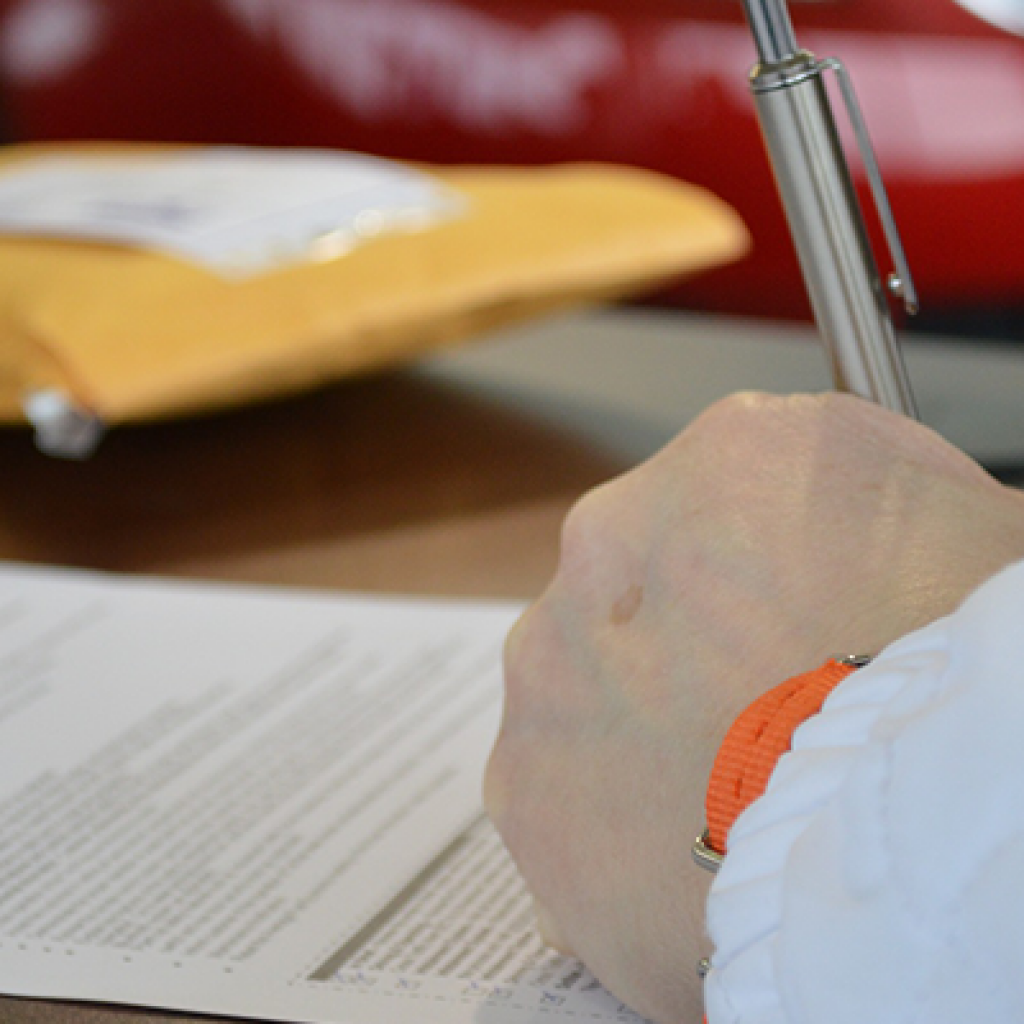In 2015, the Government have brought in new rules that make the regulation of septic tanks and small sewerage treatment facilities in England simpler and make compliance easier to manage. It is vital for conveyancers to be aware of such changes as they will need to ensure their clients’ due diligence prior to completion.
These types of sewerage facilities no longer need to be registered prior to a property transaction. That said, conveyancers will need to ensure their homeowner clients meet the general binding rules as set out by the Government. This will help ensure the owner of the property is compliant when it comes to maintenance and reducing the environmental impact of their system.
Previously, the responsibility of septic tank and small sewerage treatment plant operation and maintenance automatically transferred to the property occupier, as opposed to the owner. Now, the owner of the estate in which the tank or treatment plant is housed must ensure the facility is compliant with regulations.
These changes are particularly noteworthy for Buy to Let clients, as they will need to transfer the onus should they wish to relinquish responsibility. The property owner may formulate a written agreement that transfers the obligations to another party. The official “operator” of the system, other than the property owner, could simply be a user of the system and there could be one of more operators associated. If you are aware of the presence of a sewerage system on nearby land, the current operator may be someone living on the land, but could also be a neighbour who has access to the facility.
Vendors are still obliged to inform the buyers of the presence of a sewerage tank or facility in writing and any defects must be repaired by either party and agreed as part of the transaction.
The use of permits that are applied to septic tanks and small treatment plants is generally kept for areas of environmental significance to Britain’s landscape. The Environment Agency will need to be contacted for further details on the sensitivity of the land and environmental impact.




















